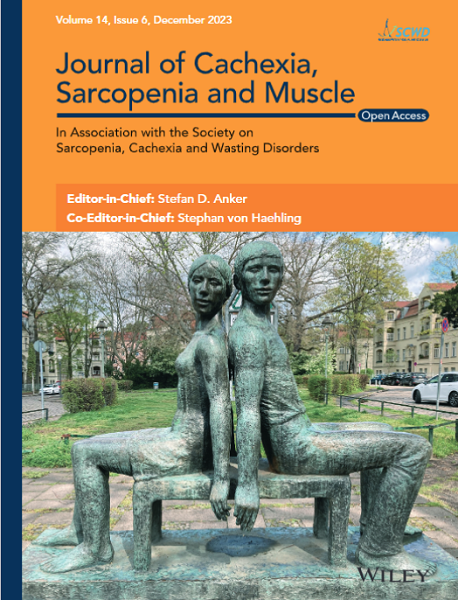Reduced Muscle Force in Dystrophic DMDΔ52 Pigs Is Incompletely Restored by Systemic Transcript Reframing (DMDΔ51–52)
Abstract
Background
Duchenne muscular dystrophy (DMD) is a fatal X-linked disease caused by mutations in the DMD gene, leading to dystrophin deficiency and progressive degeneration of skeletal and cardiac muscles. Pigs lacking DMD exon 52 (DMDΔ52) are a clinically severe model for DMD, mimicking molecular, functional and pathological hallmarks of the human disease. Dystrophin expression can be restored by additionally deleting exon 51 (DMDΔ51–52), which reframes DMD transcripts and alleviates pathological alterations. DMDΔ51–52 pigs model Becker muscular dystrophy (BMD), a milder and slower-progressing form of muscle degeneration.
Methods
The Aurora Swine Isometric Footplate Test Apparatus was used to quantify functional parameters of the hind limb dorsiflexor muscle group of 3.5-month-old DMD pigs (n = 5), BMD pigs (n = 3) and wild-type (WT) littermate controls (n = 3). In addition, histopathological and proteomic studies of the functionally tested muscles were performed.
Results
After twitch stimulation, DMD muscle achieved 62.4% (p < 0.05) and BMD muscle 67.1% (p < 0.05) of the absolute peak force of WT muscle, indicating partial but not complete restoration of muscle force by DMDΔ51–52 transcript reframing. After normalization to the cube root of body mass, the values were 70.9% for DMD muscle (p = 0.05) and 65.8% for BMD muscle (p < 0.05). DMD muscle showed a reduced rate of contraction (p < 0.01); the rate of relaxation was decreased in both DMD (p < 0.01) and BMD (p < 0.05) compared with WT muscle. After tetanic stimulation, DMD muscle reached 54.7% (p < 0.001) and BMD muscle 80.4% (p = 0.08) of WT muscle force. Normalized values were 62.7% (DMD; p < 0.01) and 79.3% (BMD; p = 0.08). The rate of contraction was reduced in both DMD (p < 0.001) and BMD muscle (p < 0.01), whereas the return to the resting state was prolonged (p < 0.001) only in DMD vs. WT muscle. Histopathology and proteomics revealed no significant differences between BMD and WT muscles, whereas severe alterations were observed in DMD pigs.
Conclusions
Our study pioneers the quantitative assessment of skeletal muscle function in dystrophic pigs. It demonstrates that systemic exon 51 skipping in DMD caused by loss of DMD exon 52 partially restores muscle function but does not achieve WT levels. These findings highlight the value of dynamic muscle force measurements as a sensitive tool to evaluate the efficacy of therapeutic interventions in the porcine DMD model.


 求助内容:
求助内容: 应助结果提醒方式:
应助结果提醒方式:


